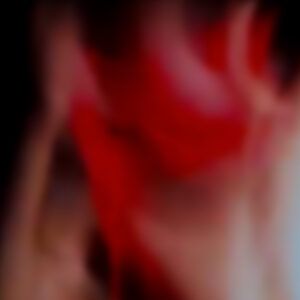- The Argentine filmmaker, researcher, translator and editor Pablo Marín writes about one of the films by the Austrian Philipp Fleischmann that we will be seeing in this year’s (S8).

Two lines split a cinema screen down the middle. They cut it horizontally and then vertically. They make one think of the cross that divides the framing –that is, the screen– of a countdown leader, which after all is nothing more than a telescopic sight on which the seconds before the beginning of every film fall extinct (8… 7… 6…). The difference here is that its location on the screen does not respond to a time-based interest. No; as in all Philipp Fleischmann’s ultra-concrete cinema, the cross responds to an artifact designed to achieve a compelling spatial representation: these “lines” are two 16mm lense-and-motionless cameras built from scratch and capable of capturing the real dimension of the famous Viennese theater Invisible Cinema 3 from the point of view of its main actor, the white rectangle.
Conceived by Peter Kubelka as “a viewing machine” not supposed to distract in which only the film being projected should “completely dictate the sensation of space”, the history of the Invisible Cinema went through several locations and appearances (with more and less ambitious setups it was built in 1970 in New York City, then in Vienna in 1989 and later remodeled in that same spot in 2003) always according to the minimalistic maxim of being a completely black box, with no reflective surfaces except the screen. That same sense of visionary austerity, in which the respect for an art of lights and shadows gives way to an experience of unparalleled vision, is what Fleischmann seems to have channeled as a sort of filmmaker-medium for making the most demanding film from his series of portraits of Austrian artistic institutions. Half phantasmagory, half blueprint in motion, The Invisible Cinema 3 is a 43-second blitzkrieg immersion into the total blackness of the building whose only diversion is marked by a series of oscillating white dots (the room lights) that parade through the frame upwards and sidewards. The result is a cold and hypnotic miniature, a tiny slice of unmediated reality that throws upon its viewer a barrage of questions about the nature of the film medium too powerful to leave the theater unharmed.
A film about how space observes itself, The Invisible Cinema 3 is also a gesture of radical humility in the face of the creative process. It is an unstable procedure –based on the simultaneous destruction of the elementary notions of mise en scène, framing and single frame– where the filmmaker blurs his presence and renounces the imposition of a supervised point of view. Instead, his role is “reduced” to transit the space imagining the best way to invoke it and make it speak through his direct-capture cameras attached to the screen. Standing on one of the most radical countershots in film history, Fleischmann thus proposes the reverse of a cinema that has always been defined as invisible: that the screen opens its eyes, even for a brief moment, and sees the unstable dark matter of which the real world is actually composed. It’s at that moment when the detachedness of his point of view becomes a transcendental act of vision.
High on concept, the fact that Fleischmann’s whole creative endeavor materializes into less than a minute of silent film (with barely any image to see) ultimately speaks of an unbreakable pact with the process rather than of a certain disappointment from the perspective of the audience. In that sense, I’m reminded of a statement given by Jonas Mekas in response to the criticism aroused by the first version of the Invisible Cinema. “We’ve had complaints –he said–, but we’re not concerned with the audience. We are interested in film.” It’s impossible to not see Fleischmann’s film as a cinematic monument to that same materialistic yet rebelliously poetic spirit. I know this may be far off his intentions of neutral observation but in a way, he might have just created an ethereal Invisible Cinema 4 that constructs itself before our eyes in each one of its projections.





